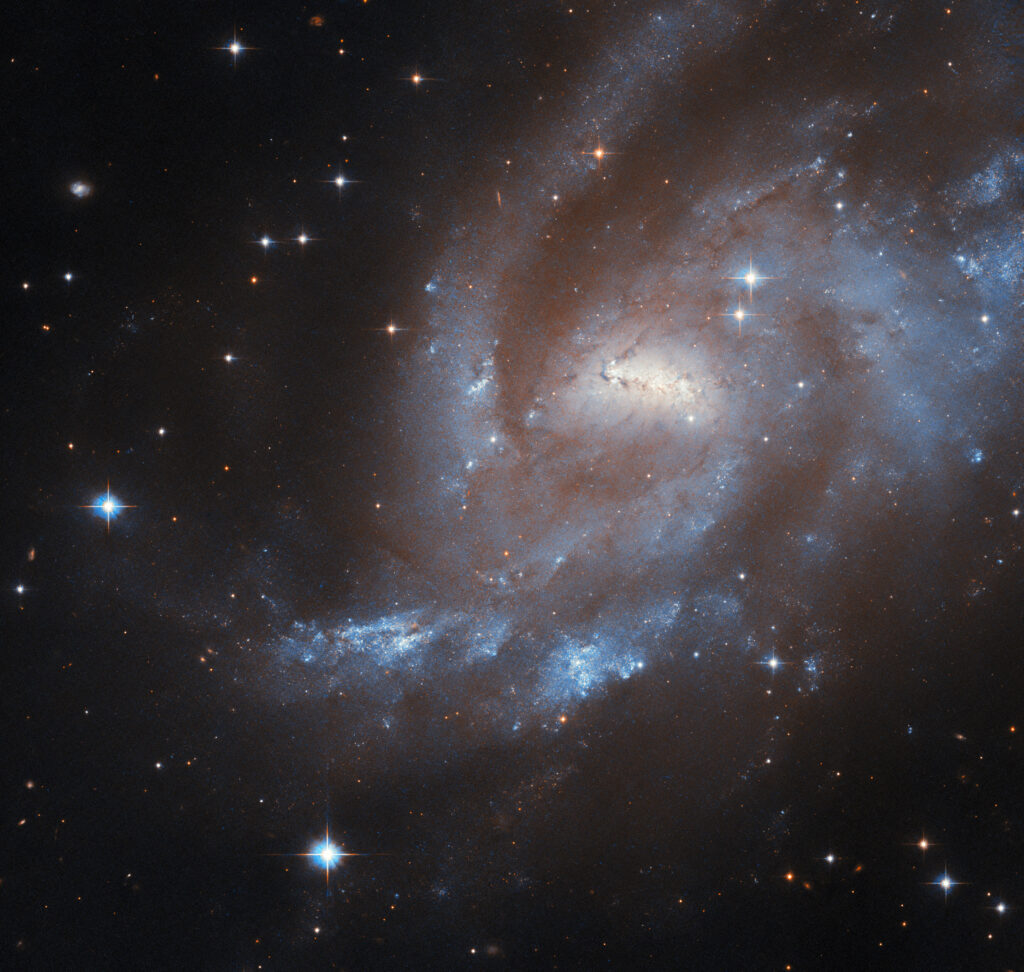The Hubble mission team has released a new image of a deep space object. It captures the galaxy UGC 11861.

UGC 11861 is located at a distance of 69 million light-years from Earth in the direction of the constellation Cepheus. This means that we see the galaxy as it existed at the time when the last dinosaurs lived on our planet.
Like the Milky Way, UGC 11861 is classified as a spiral galaxy with a bar. In the Hubble image, you can see that its center is crossed by a bright band consisting of stars and gas, from which spiral arms “grow”. It is called a bar. Approximately 2/3 of spiral galaxies have a bar.
Astronomers believe that the bars play the role of a kind of fuel lines redirecting matter to the center of the galaxy. There it becomes a building material for new luminaries or is absorbed by a supermassive black hole.
In the Hubble image, you can also see dark dust clusters located inside UGC 11861 and small and large spots of blue light scattered in the middle of its spiral arms. They correspond to young star clusters.
The activity of the galaxy UGC 11861, which forms a large number of luminaries, is also indicated by the fact that supernovae flare up quite often in it. Over the past 30 years, astronomers have recorded three similar events (in 1995, 1997 and 2011). The first two explosions were classified as type II supernovae. They flare up as a result of the collapse of massive stars that have come to the end of their life cycle.
According to esahubble.org


